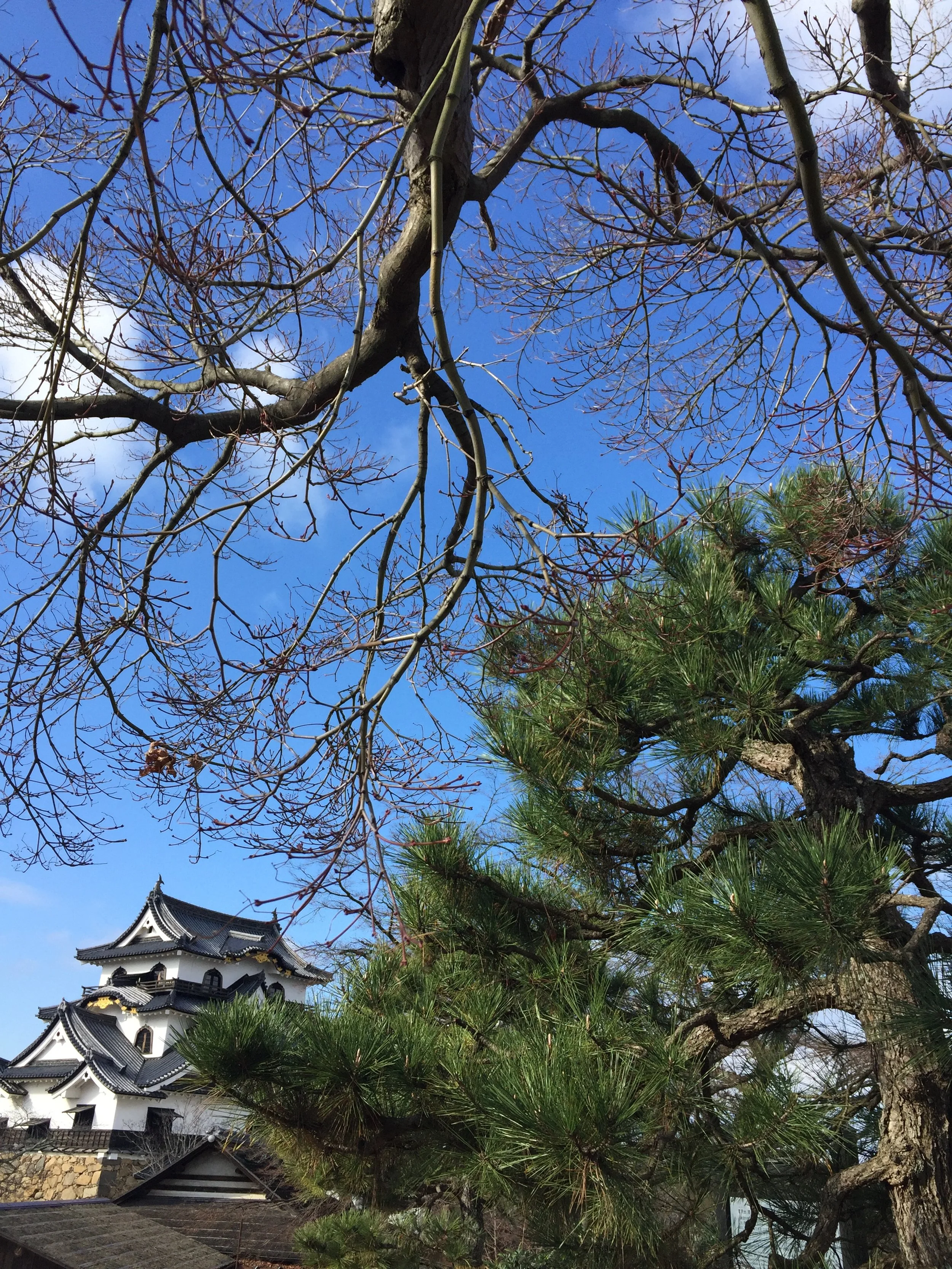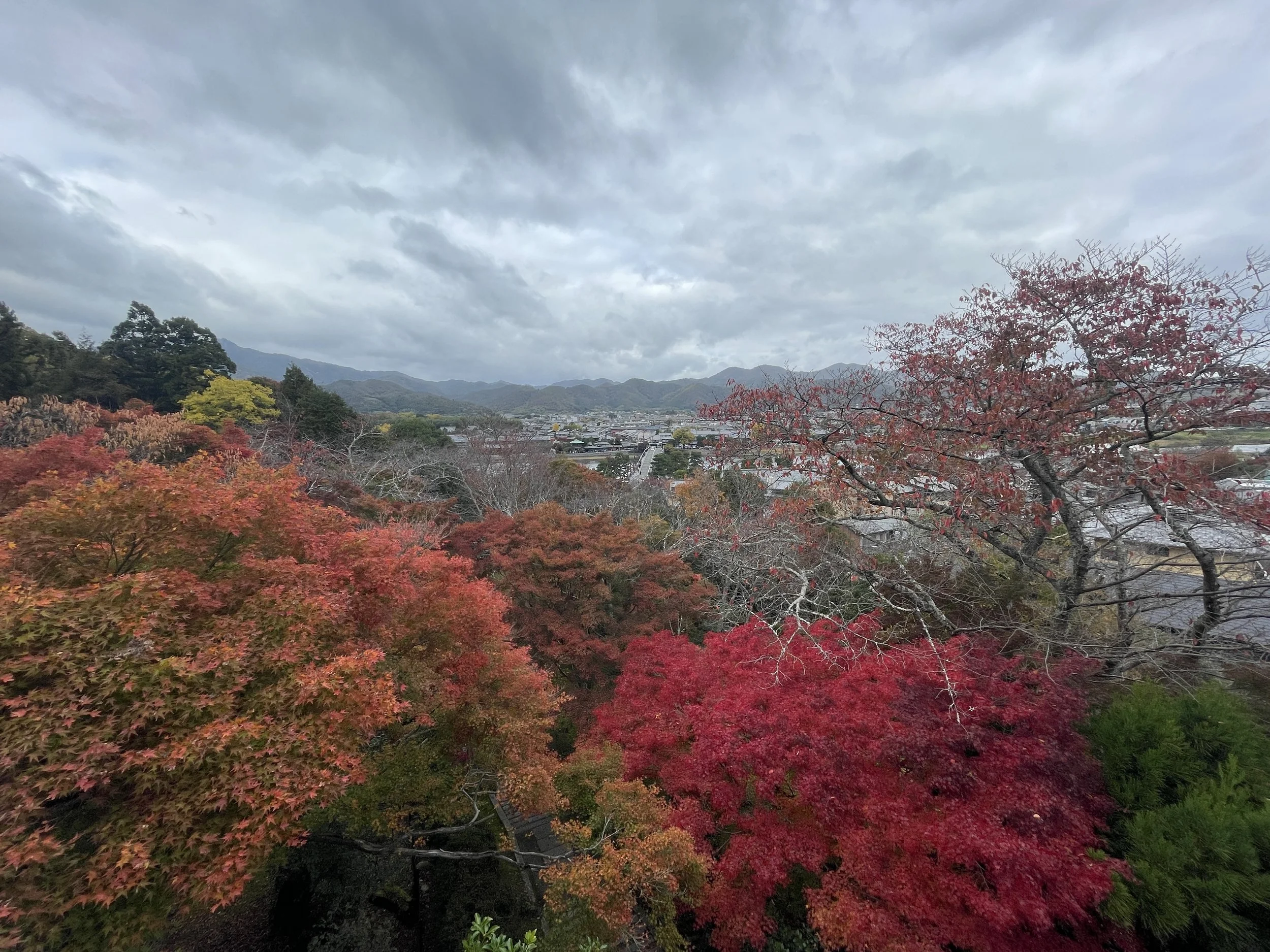SEARCH JOURNAL ENTRIES

Microseason: Chicken Begin to Lay Eggs
This year, 3rd February marks the First of Spring, and ahead of that day, we celebrate Setsubun. Essentially it’s the Eve of the New Year. Perhaps not surprisingly, key materials of this celebration are rice and soy beans.

Microseason: Mountain Stream Freezes
When the rivers and lakes freeze over, it’s sign of wakasagi smelt season. Drilling holes to access the small fish beneath the ice. Often only about 15cm in length. Most commonly, wakasagi is simply prepared grilled or lightly deep fried, and can be eaten whole. As such it serves as an important source of calcium through the deep Winter months, particularly in areas such as Hokkaido, Nagano, and Yamanashi.

Microseason: Butterbur Buds
Called Hatsukashogatsu, historically, New Years celebrations completed on the 20th January. Which means finishing all of the festive food and drink of the season and beginning annual work on this day. Butterbur is one of our great inklings of Spring, and just the medicine we need to get back to work.

Microseason: Pheasants Begin to Sing
Pheasants are native to Japan, and a commonly seen character in folklore and children's songs. The female pheasant is generally modest in appearance. While males flash a vibrant red coloring around their eyes, and ornate colorful feathers.

Microseason: Groundwater Flows
Ebisu is one the the Seven Lucky Gods. Most commonly found holding a fishing pole in his right hand and Sea Bream fish in his left hand, Ebisu is the god of business prosperity.

Microseason: Japanese Parsley Sprout
Happy new year! We have entered the coldest month and arguably one of the most important periods. Kanjikomi, or literally “cold preparation”, refers to the prep work of our fermented foods during these very cold days each year. And these foods ensure that we have a nutrient-dense and plentiful table.

Microseason: Wheat Grows Under Snow
Even during this time of year when snow falls more densely in the mountains, and as a whole the world quiets, there is always energy of rebirth and new beginnings. Traditionally, 30th December is called Kotsugomori (Small Moon Hides) and 31st December is Ohtsugomori (Big Moon Hides). According to the Solar Calendar, the new moon always falls on the last day of every month.

Microseason: Bucks Shed Antlers
Man in the moon. In some parts of the world. Across Asia, a hare is a commonly seen motif. And in Japan, what we see is that hare making mochi. That is how much mochi rice is valued in Japanese living. We even see it in the skies above.

Microseason: Prunella Bloom
Of the citruses of Japan, I suspect yuzu comes to mind for most. Depending on the region or varietal, the shape, size, density, flavor, and volume varies. And the timing in which they ripen runs the spectrum too.

Microseason: Salmon Herd
Salmon, born in river waters, join the ocean along with snowmelt, where they grow into maturity in the vast sea. Four to six years on, they then return to the rivers of their birthplace to spawn. This return to the river where they were born is called hosen kaiki, or literally, return to Mother River. It is said that salmon are able to find their way, guided by the scent of the river where they were born.

Microseason: Bears Hibernate
As the bears begin to hibernate, so do we prepare for the end of the year. From the 13th December, preparations for the New Year get underway. First is deep cleaning, eliminating negative or unnecessary actions or thoughts we accumulated across the year, and dusting off the debris, literally and figuratively.

Microseason: Skies Grow Cold
The seasonality of materials is key, no matter the sector of use. For most people, seasonality is experienced in food. In English, we use the term “seasonal ingredients”. In Japanese, “seasonal” is shun. Referring to all the organic food things in the mountains, rivers, and the sea, that are currently available in that terroir. However, the seasonality of ingredients follows a spectrum, moving across three sub-categories.

Microseason: Citruses Ripen
Tachibana are said to be one of the native citruses of Japan. Flourishing in the warmer areas of the country, from Shizuoka through Okinawa. However, they are now on the endangered species list, as cultivated, hybrid citrus varietals are favored for their size and sweetness.

Microseason: Northern Winds Sweep Foliage
When cold Northern winds begin to blow, fallen leaves dance along the earth’s floor. Engaging all of our five senses: seeing, feeling, hearing, touching, and evening smelling all at once. It’s a sign that clouds will be pushed away, making for sunnier skies ahead. In Japan, Winter is associated to blue skies.

Microseason: Rainbows Hide
During this time of year, the clouds play a strong role in the way sunlight and moonlight dance on the earth’s floor, and creates shadow. Shadow and light, together as a duo, are the most intangible of the primary heritage materials of Japan.

Microseason: Daffodils Bloom
While Japan is an island country, it is without doubt that its culture has been influenced by the Silk Road that spanned the Eurasian continent for 1700 years. Suisen, or Daffodils, are an expressive specimen of this.

Microseason: Earth Begins to Freeze
With these warmer-than-usual temperatures, it’s hard to believe that we have entered the microseason, Earth Begins to Freeze. But up in the mountains, the floor begins to freeze, just a bit, in the wee hours of the morning.

Microseason: Camellia Flower
From Autumn through Spring, Tsubaki, or Camellia, blossoms are seen across much of the year. Today, it is said that there are approximately 2200 varietals in Japan alone. The Tsubaki plant has serviced the Japanese people for thousands of years as a vital material for living.

Microseason: Foliage Take Color
Beginning with the Northern most regions of the country, deciduous trees and shrubs begin to take on color this time of year. Like a fireworks show, the first leaves to foliage are modest. Mild in color. They are sprinkled across the mountainside.

Microseason: Intermittent Drizzle
A survey from 2022 reports that over the course of the year, October is when the Japanese people feel most content, peaceful, at ease. While I do not have data on this yet, I suspect some of this is in great thanks to the fact that the natural world provides the perfect conditions that nudge us to breathe deeper.
